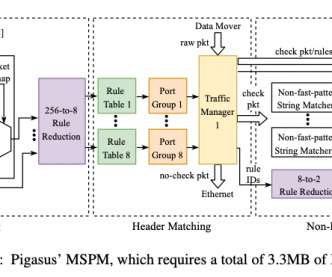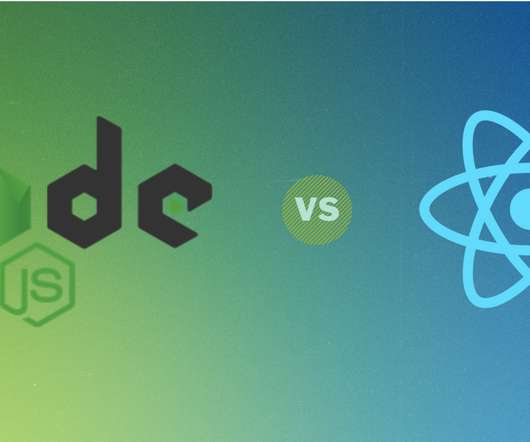Redis® Monitoring Strategies for 2024
Scalegrid
DECEMBER 21, 2023
Identifying key Redis® metrics such as latency, CPU usage, and memory metrics is crucial for effective Redis monitoring. To monitor Redis® instances effectively, collect Redis metrics focusing on cache hit ratio, memory allocated, and latency threshold.















































Let's personalize your content